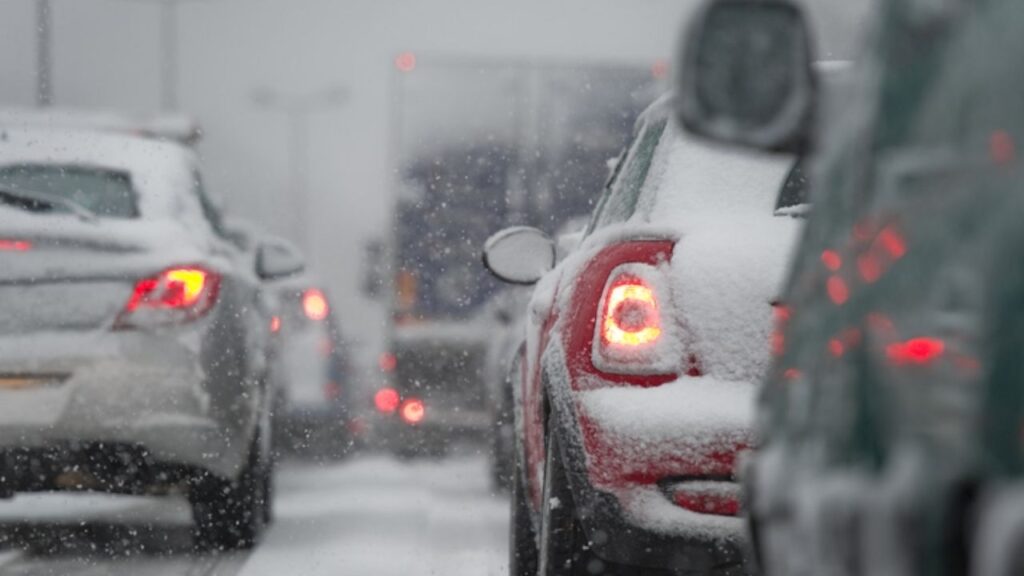Top up engine coolant with antifreeze
Anti-freeze stops the engines cooling system from freezing, just as the name suggests. The anti-freeze, if you haven’t already, will need to be topped up as it can be diluted over time.
You can buy antifreeze from any garage or online.
Tyre condition
A tyres condition needs to have good tread depth in order to maintain grip on the road. It is recommended a minimum of 3mm tread on your tyres will be much safer than the legal minimum limit of 1.6mm, especially in the winter months.
You can test the tread depth of your tyres by using the 20p test. Take a look at our guide here.
As well as the tread having to be in good condition, take a look at your tyre pressures. You can check your tyre pressures at most petrol stations for free or a little cost.
A recommended tyre pressure is different for all cars so check your drivers manual or ask your local garage for help.
Clean your car
In the winter, roads get muddier and if it is snowing then the roads have the awful sludge once the snow has melted. Take a look around your car to make sure all lights are visible, and nothing is covering their way in order to be seen on the roads.
Windscreen wipers
Following on from cleaning your lights, your windscreen wipers need to be checked over as they keep your windscreen clean and visible for you to see what is ahead. You can replace your wipers on your own but any mechanic will be happy to replace them for you.
Winter breakdown kit
A breakdown kit is always essential for car journeys and we recommend you always have a kit in your car. A winter breakdown kit should be essential for those living in areas where there is higher risk of snow.
It should include a torch, blanket, hi-visibility vest, portable phone battery charger, screen wash, scraper and de-icer and a shovel.
Always drive according to the road/ weather and check the weather reports on the news before you set off.
Driving in the low sun
When winter approaches, every driver has experienced the bright sunlight that blinds you whilst driving. It is very hard to see in this light and causes many accidents…
Always leave a pair of sunglasses in your car so you can adjust to the brightness when you need to.
Dirty windscreens also cause the suns glares to be worse. To prevent the streaks, wipe down your windscreen before setting off on each journey on the inside and use your wipers to clean the outside.
Now this one seems ‘glaringly’ obvious… Use your sun visor.
It is there for a reason and makes a difference. Finally, slow down. Most accidents happen in low sun when the driver cannot see the car in front.
Slow down and increase your distances.
This prevents the sudden-stops and gives you extra time to focus on where you are. Click here to see more tips about how to drive in low sun.

